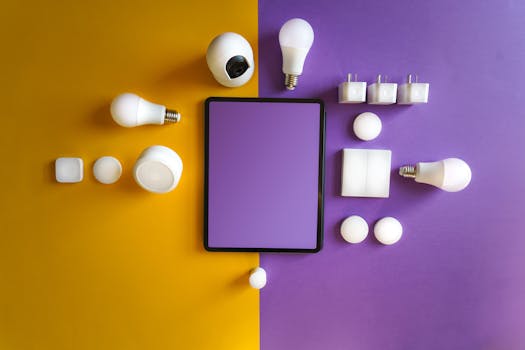
Smart Homes and Smart Living: The Technological Transformation of European Homes by 2025
Introduction to Smart Homes and Smart Living
Smart Homes and Smart Living is the focus keyword for this article, as it represents the future of European homes, which is becoming increasingly smart, with technological advancements transforming the way we live and interact with our living spaces. The concept of smart homes and smart living has been gaining traction in recent years, and it’s expected to revolutionize the way we live, work, and interact with our surroundings. With the rise of the Internet of Things (IoT), artificial intelligence (AI), and other emerging technologies, European homes are on the cusp of a significant transformation.
The Current State of Smart Homes in Europe
The current state of smart homes in Europe is characterized by a growing adoption of smart devices and systems. According to a recent survey, over 50% of European households already own at least one smart device, such as a smart speaker, thermostat, or security camera. However, the full potential of smart homes has yet to be realized, as many of these devices and systems are not yet integrated, and their capabilities are not being fully utilized.
The Future of Smart Homes in Europe by 2025
By 2025, smart homes are expected to become the norm in Europe, with over 70% of households expected to have some form of smart home system in place. The future of smart homes will be characterized by seamless integration of devices and systems, enabling homeowners to control and monitor their living spaces with ease. Advanced technologies such as voice assistants, facial recognition, and biometric authentication will become more prevalent, providing enhanced convenience, security, and energy efficiency.
Technological Advancements Driving the Transformation
The technological advancements driving the transformation of European homes include the Internet of Things (IoT), artificial intelligence (AI), 5G networks, and blockchain technology. These technologies will enable the creation of more sophisticated smart home systems, capable of learning and adapting to the needs and preferences of homeowners. Additionally, the development of new materials and construction techniques will enable the creation of more energy-efficient and sustainable homes.
Benefits of Smart Homes and Smart Living
The benefits of smart homes and smart living are numerous, including enhanced convenience, energy efficiency, and security. Smart homes will be able to learn and adapt to the needs and preferences of homeowners, providing a more comfortable and personalized living experience. Additionally, smart homes will be able to detect and respond to emergencies, such as fires or medical emergencies, providing enhanced safety and security.
Challenges and Limitations of Smart Homes
While the benefits of smart homes are significant, there are also challenges and limitations to be addressed. These include concerns over data privacy and security, as well as the potential for technological glitches and interoperability issues. Additionally, the high upfront costs of smart home systems and devices may be a barrier for some homeowners, particularly those in lower-income households.
Conclusion
In conclusion, the future of European homes is becoming increasingly smart, with technological advancements transforming the way we live and interact with our living spaces. By 2025, smart homes are expected to become the norm, offering enhanced convenience, energy efficiency, and security. While there are challenges and limitations to be addressed, the benefits of smart homes and smart living are significant, and it’s expected that they will play a major role in shaping the future of European homes.






